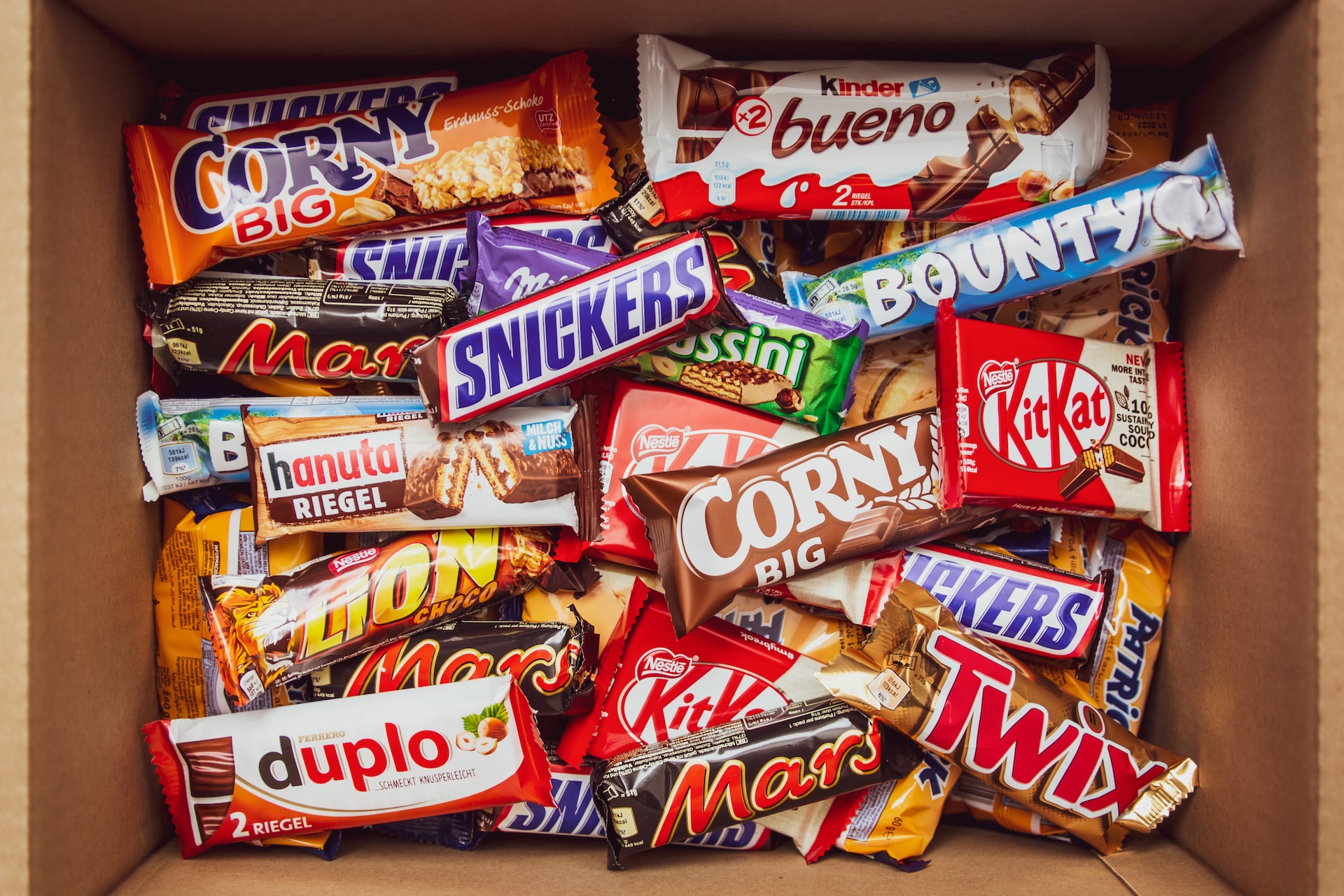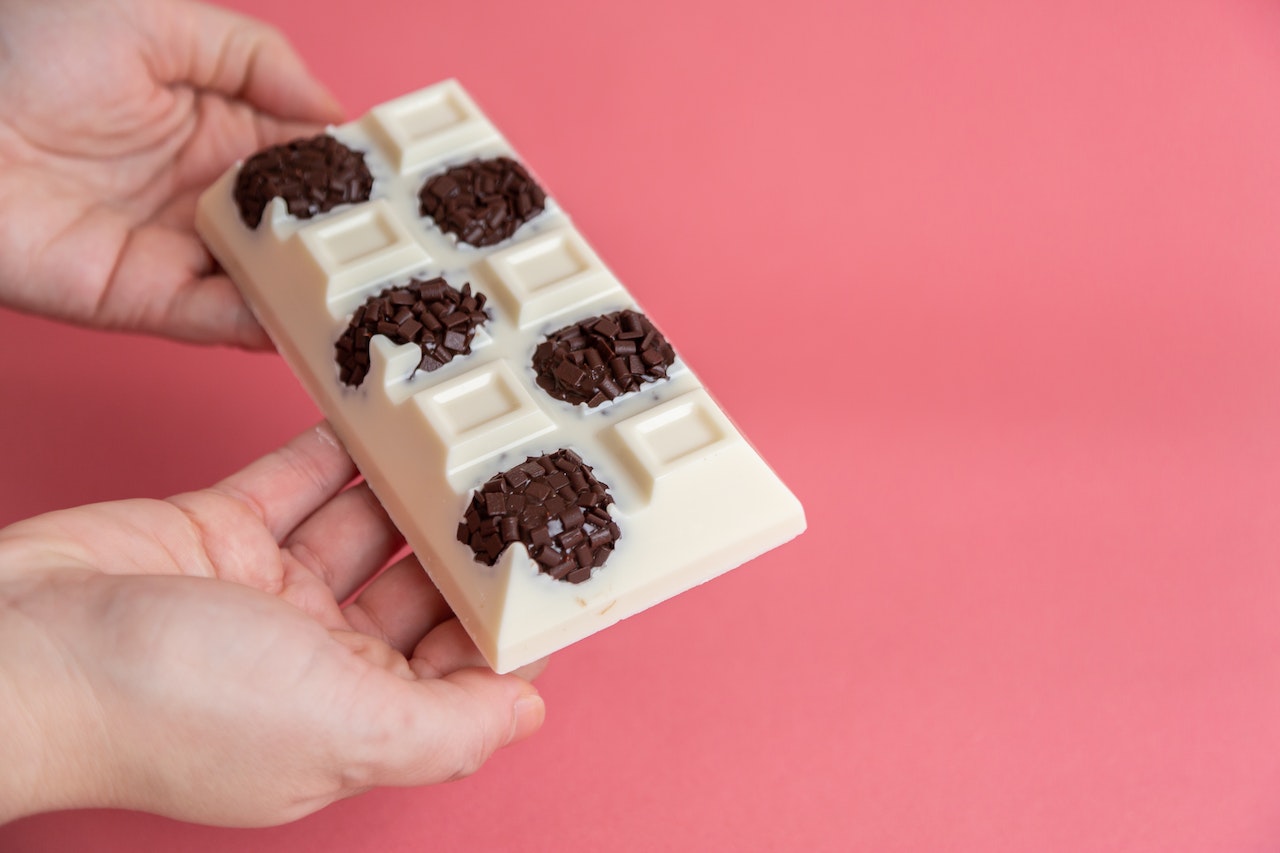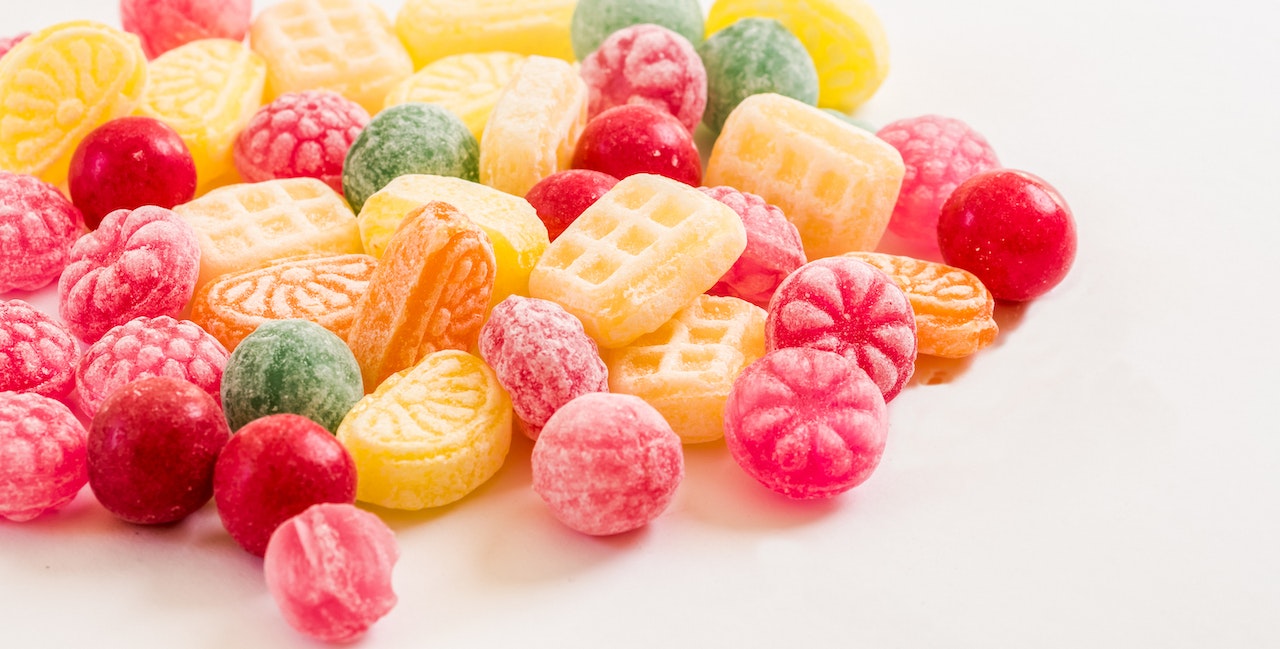The ancient Egyptians were known for their love of sweets and were among the first cultures to create confections using fruits, nuts, and honey. These early sweets were often enjoyed as a dessert or a treat, and were an important part of the Egyptian culinary tradition.
Honey, which was abundant in ancient Egypt, was often used as a natural sweetener in these early confections. The Egyptians also made use of a variety of fruits and nuts, such as dates, figs, and almonds, which were readily available in their local environment.
One of the most popular sweet treats in ancient Egypt was known as “diodorus,” which was made by mixing together figs, dates, and honey. This confection was said to have a rich, sweet flavor and was enjoyed by people of all ages.
Is There Anything Available Today Similar to Diodorus?
Although diodorus may not be a popular candy today, there are still many sweets that are similar in taste and ingredients. One example is fruit and nut bars, which are made by combining dried fruits and nuts, along with natural sweeteners like honey or maple syrup.
Another similar candy is nougat, which is a confection made from whipped egg whites, sugar, and nuts. Nougat can be flavored with a variety of ingredients, including fruits like figs and dates.
In some cultures, candies made from dates and nuts are popular, such as ma’amoul, which is a Middle Eastern cookie made from dates, nuts, and flour. These cookies can be flavored with a variety of spices, such as cinnamon and cardamom, and are often served during holidays and special occasions.
In the United States, a candy known as “fruit and nut clusters” is popular, which is made by combining dried fruits and nuts with chocolate or other sweeteners. These candies are often sold in stores and are a popular snack among health-conscious consumers.
While diodorus may not be a widely-known candy today, there are still many sweets and confections that incorporate the same basic ingredients and flavors. Whether enjoyed as a dessert or a snack, these candies represent a continuation of the long history of candy-making and the love of sweets that has persisted throughout time.
Another popular sweet treat in ancient Egypt was called “shen-djehuty,” which was made by combining honey, dates, and various nuts. This sweet treat was often shaped into small cakes or balls, and was enjoyed as a dessert or a snack.
Is There Anything Like Shen-djehuty Today?
While shen-djehuty may not be a popular candy today, there are still many sweets that are similar in taste and ingredients. One example is date balls, which are made by combining dates, nuts, and honey or other natural sweeteners.
Another similar sweet is halva, which is a confection made from tahini (ground sesame seeds), sugar, and sometimes nuts or other flavorings. Like shen-djehuty, halva has a rich and sweet flavor and can be shaped into various forms, such as bars or balls.
In the Middle East and North Africa, a sweet treat called “aleppo pistachio nougat” is popular, which is made from pistachios, honey, and egg whites. This confection is similar to shen-djehuty in that it combines nuts and honey to create a sweet and satisfying treat.
In addition to these examples, there are countless other sweets and confections that incorporate fruits, nuts, and natural sweeteners. Whether enjoyed as a dessert or a snack, these treats represent a continuation of the ancient tradition of candy-making and the love of sweets that has persisted throughout history.
Ancient Egyptians and a Love of Chocolate
In addition to these previously mentioned early confections, the ancient Egyptians were also known for their love of chocolate. Although chocolate did not exist in its modern form during ancient times, the Egyptians were known to have made a beverage known as “xocoatl,” which was made by grinding cacao beans into a paste and mixing it with water and spices. This early form of chocolate was enjoyed by the Egyptians for its rich, bitter flavor and was often consumed as a luxury item.
A Brief History of Xocoatl
Xocoatl was a popular beverage in ancient Mesoamerica, including among the Aztecs and Mayans. It was made by grinding cacao beans into a paste and then mixing it with water, honey, and spices like vanilla and chili pepper.
Xocoatl was enjoyed for its rich and complex flavor, which combined the bitterness of the cacao beans with the sweetness of honey and the spiciness of the added spices. It was often consumed as a luxury beverage by the nobility and was also used in important ceremonies and rituals.
In addition to its culinary uses, xocoatl also had medicinal properties and was believed to have a variety of health benefits. It was used to treat ailments such as fatigue, digestive issues, and even respiratory problems.
The ancient Mesoamericans also believed that xocoatl had spiritual and mystical properties. It was often associated with the gods and was used in various religious rituals and ceremonies. It was believed that drinking xocoatl could bring about spiritual awakening and enlightenment.
With the arrival of the Spanish in Mesoamerica in the 16th century, the recipe for xocoatl began to change. The Spanish added sugar and milk to the recipe, creating the sweet and creamy chocolate that is popular today. However, the original recipe for xocoatl remains an important part of the history and culture of Mesoamerica and is still enjoyed in some parts of the world today.
Xocoatl represents an important chapter in the history of chocolate and the development of confectionery. Its unique flavor and cultural significance continue to inspire and influence the world of sweets today.
The ancient Egyptians were pioneers in the world of confectionery, and their use of honey, fruits, and nuts laid the foundation for many of the sweets we enjoy today. While the techniques and ingredients used in candy-making have evolved over time, the love of sweets and the joy they bring has remained a constant throughout history.



